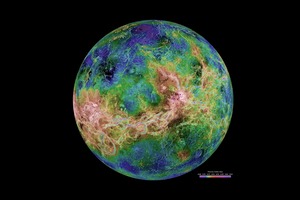An exciting new era in astronomy has finally begun as the very first set of images from the James Webb Space Telescope were released to the world. The unprecedented images include views of some of the most distant galaxies, a giant star nursery and colossal cosmic clouds. It also gives unparalleled insights into a giant mysterious planet far beyond our solar system.
The release of these images kicks off the beginning of Webb’s science operations where astronomers around the world will have their chance to observe anything from objects within our solar system to the very early universe. Although the best is yet to come, each new observation, especially at this early stage reveals the capabilities of all four of webb’s state-of-the-art scientific instruments and confirms that the observations ahead will revolutionize our understanding of the cosmos and potentially our own origin. So let’s take a look at these new images and see what we can find as we peer out into the magnificent universe and observe it like never before.
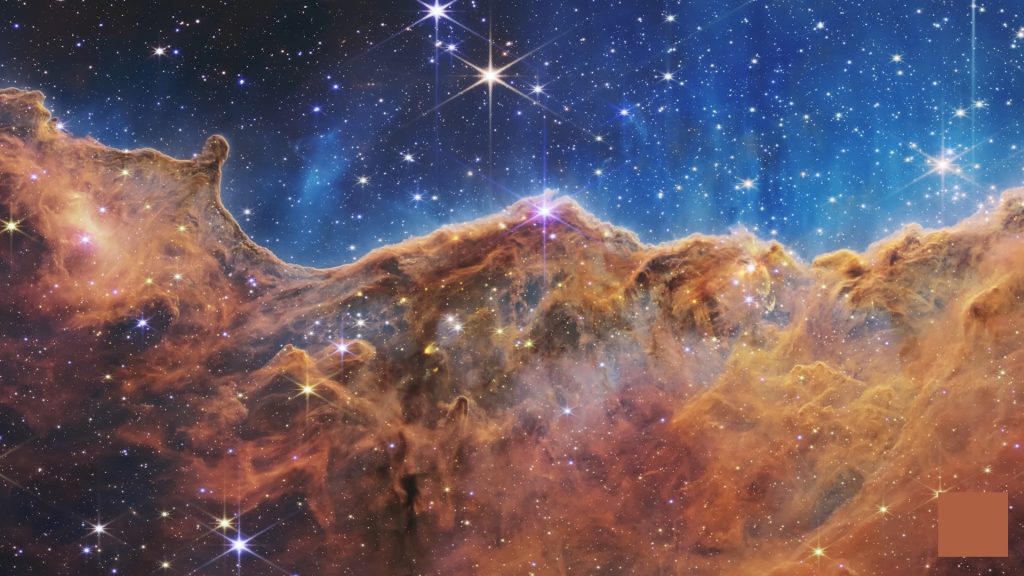
Let’s start by looking at the most beautiful Webb image released so far, the beautiful Carina Nebula. It is a glittering landscape of starburst described as the cosmic cliffs. The above image unveils the earliest rapid phases of star formation that were previously hidden. The luminous region is located about 7600 light years away and is home to countless young stars glittering like gemstones.
These stars are so full of energy that they whip cosmic gas around shaping it into peaks and valleys at the nebula’s edge. Jets and eddies of dust swirl through the image creating strange structures. Those three long diffraction spikes at the top right edge of the image suggest the presence of a large star just out of view. By studying nebulae like Carina, scientists will uncover fresh insights into the birth of stars perhaps even exploring the origins of our own solar system.
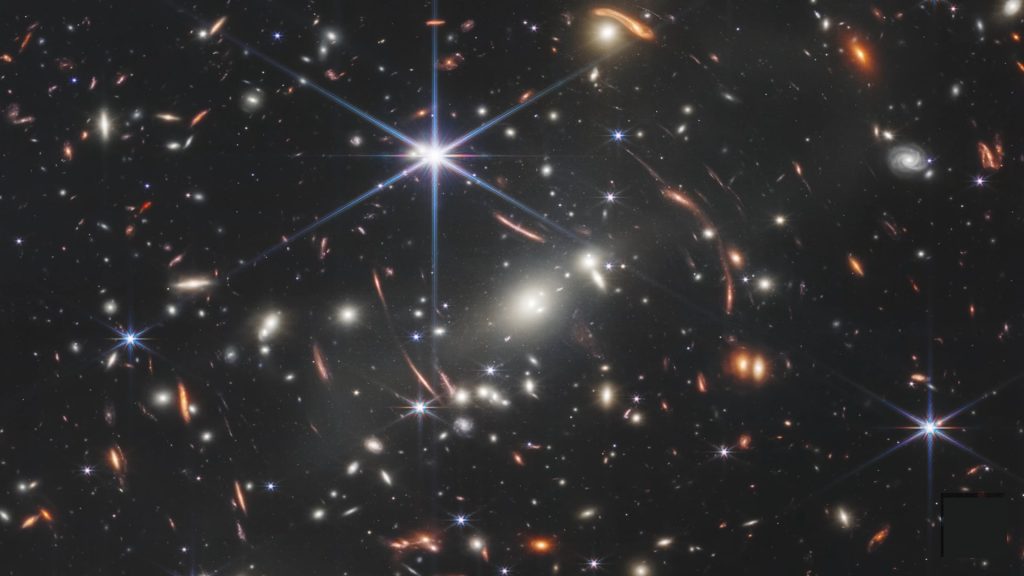
Above is the deepest and sharpest infrared image of the universe captured so far. We can see the galaxy cluster called SMAC0723, which is located about 4.6 billion light years away. NASA says that the light that Webb senses in this image is more than 13 billion years old which means the galaxies in the background were formed just a few hundred million years after the big bang. The combined mass of this galaxy cluster acts as a gravitational lens magnifying more distant galaxies and this is why some of the lights from those objects seem curved and warped.
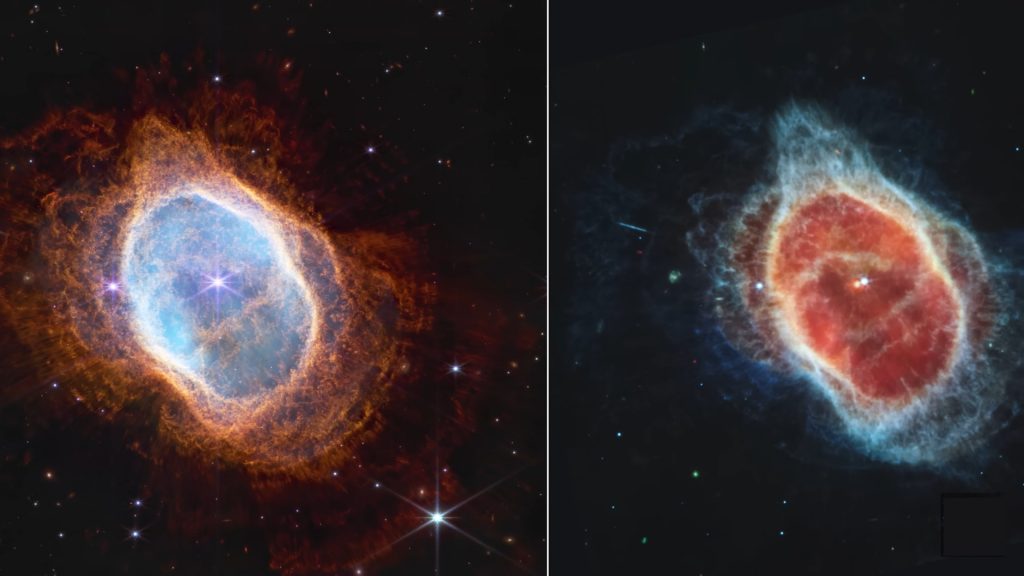
The above two-part image reveals previously hidden details of the beautiful southern ring planetary nebula which is located about 2500 light-years away. Look closely at the mid-infrared image on the right and you can see a second redder star twinkling next to the brighter bluer star. Scientists knew that the southern ring nebula was a binary star system, however this is the first image clearly revealing the second star which is normally shrouded by thick clouds.
The star closely orbits its companion as it periodically ejects layers of gas and dust together. The swirling duo have created a fantastic landscape of beautiful shells that may one day coalesce and become new stars and planets. And as with most web images seen so far clearly visible galaxies photobomb the background of the image hinting at untold discoveries.
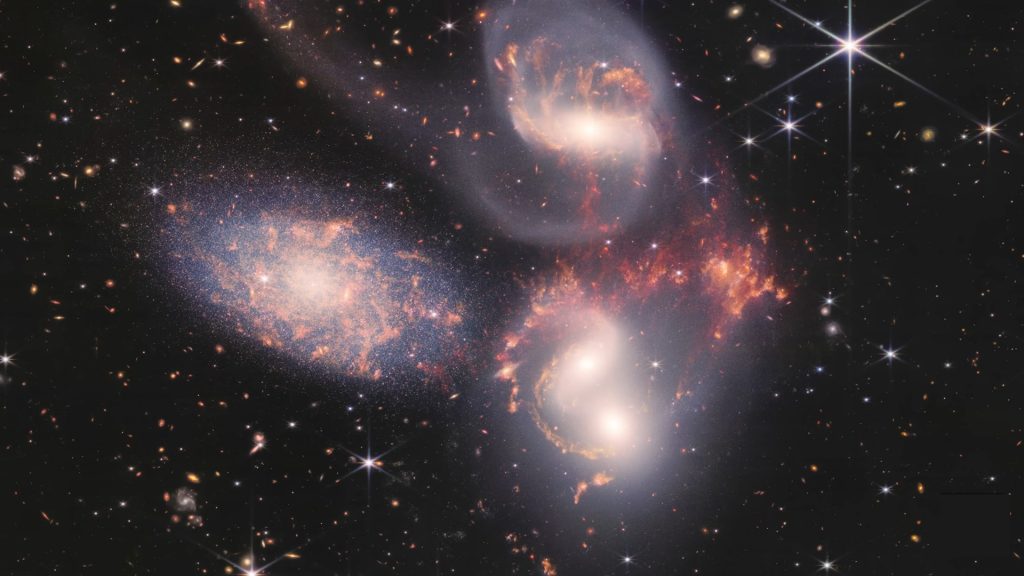
In the spectacular image above we can see a group of five enormous galaxies named Stephan’s Quintet. Four of the galaxies are interacting whereas the left galaxy is actually much closer to us than the rest of the group. As you can see they are pulling and stretching one another in a gravitational dance as sparkling clusters of millions of young stars and starburst regions grace the image.
Sweeping tales of gas and dust are being pulled into magnificent structures due to gravitational interactions but the most dramatic scene in the image is the huge shock waves captured as one of the galaxies smashes through the cluster. As a bonus, once again Webb revealed a vast sea of thousands of distant background galaxies reminiscent of Hubble’s deep fields.
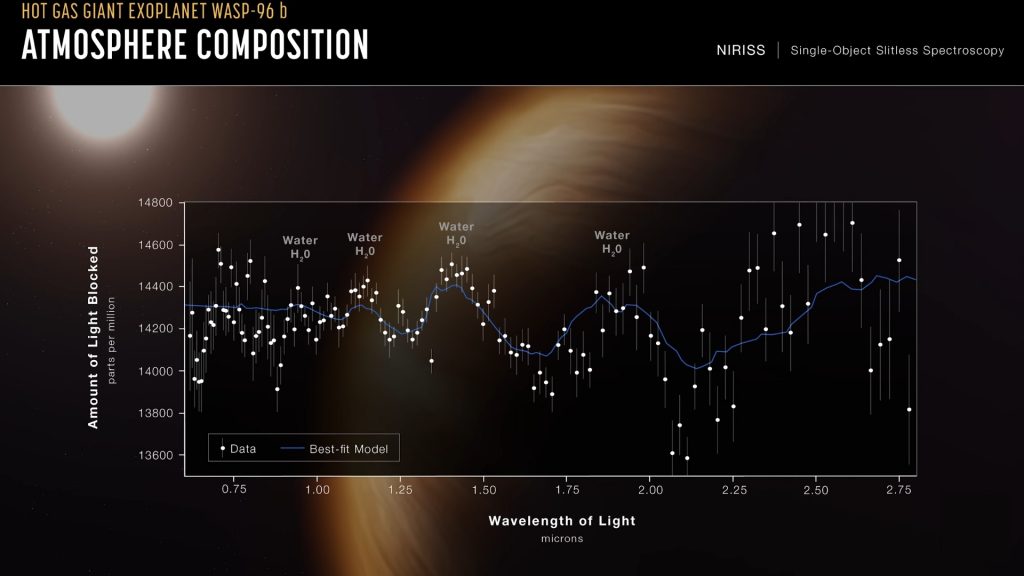
The final image is not of a magnificent cloud formation or of a distant mysterious galaxy but instead is a detailed observation of a hot puffy planet outside of our solar system. Roughly 1150 light years away, Webb measured the light from an exoplanet called WASP 96b for 6.4 hours as the planet moved across its star.
By breaking this spectrum of light down into its component wavelengths, scientists can determine the type and quantity of elements in the planet’s atmosphere revealing the signature of water indications of haze and evidence for clouds that were thought not to exist based on previous observations. The observation of the hot gas giant provides just a small glimpse into the bright future of exoplanets research when using the James Webb space telescope.
These incredible images are just the first of potentially millions the new telescope will produce over its lifetime. The sheer amount of information each image contains is just jaw-dropping and so far Webb has only peered at a tiny portion of the universe. In the coming years, astronomers using Webb will likely reveal things we can only dream of.

